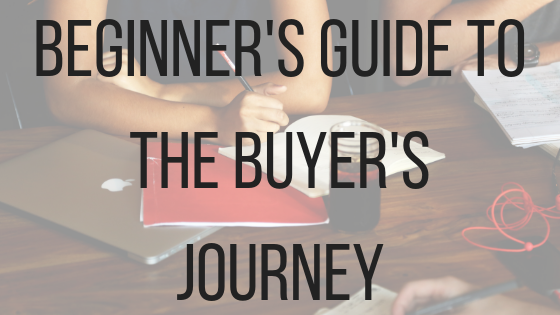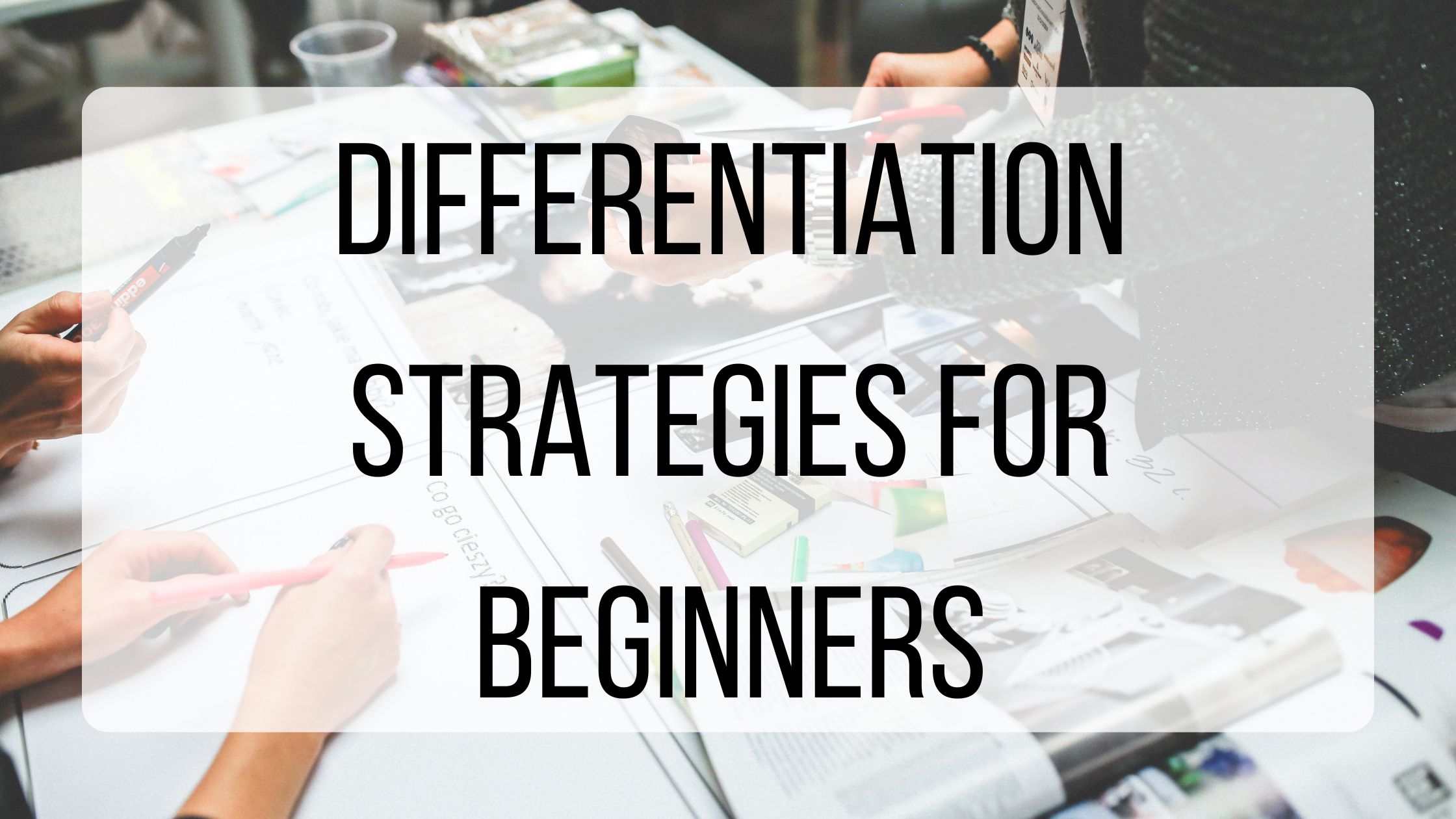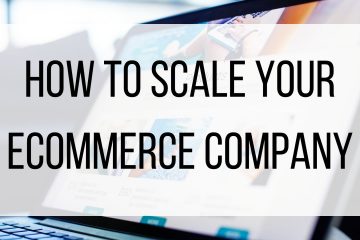Beginner’s Guide To The Buyer’s Journey

If you are familiar with sales and marketing, chances are you have heard of the buyer’s journey. The buyer’s journey is the process that a potential buyer goes through when making the decision to purchase (or not purchase) a product. The buyer’s journey consists of three stages: Awareness, Consideration, and Decision. By understanding the buyer’s journey, you can help customers decide if you product is the best to fit their needs, or update your product to meet buyer demands.
Why it matters: Sixty seven percent of the buyer’s decision is made before they even reach out to sales. The large majority of customer’s are making decisions about purchases on their own, before ever reaching out to your business for more information. Make sure that you have an updated Buyer Persona so that you can help provide valuable insight to your potential customers to help guide them towards the solution they have been searching for, and show them that you can offer them their best option. Being aware of what stage the customer is on can help you offer them guidance on getting exactly what they need. This will help them move in your direction and gain their trust, rather than driving them away.
Awareness: The first step in the buyer’s journey is awareness. This is when the buyer realizes that they have a challenge or opportunity and start to search for answers. Many users will turn to Google to being solving the challenge, so make sure your company is up to date on SEO. It is important to recognize how the buyer is describing their goal or challenge, how they are educating themselves, what the consequences of not taking action would be, common misconceptions or problems they might run into, and how high of a priority their goal or challenge is to them. For example, say the buyer has a sore throat and fever. They are likely to search for a solution to their problem, as they will want to recover as quickly as possible. However, say the buyer notices that their car is getting a lot of miles on it, but still running well. This buyer might start casually looking for a solution, but it is not as dire as the buyer looking for a solution to their illness. Take in to consideration how urgent the buyer’s need is, and find ways to help them at the earliest stage of their journey. Writing informative blog posts is one helpful way to accomplish that, by offering more information and introducing buyers to your company.
Consideration: As the second stage of the journey, buyer’s have identified their issue and have committed to addressing it. This is the stage where they will evaluate their options, and do the most research on what is best for them. If you have gotten them to take your business into consideration, this is the phase in which you need to build a relationship with the customer. Keeping up with your website and social media channels will help you achieve this. Having reviews from previous customers will help as well, as they can see unbiased opinions from buyers with personal experience with your product. Keep track of what kinds of solutions buyers are researching, how they are deciding what is best for them, and how they are deciding the pros and cons of each solution they are researching.
Decision: In the last stage of the buyer’s journey, the buyer comes to a decision on the best solution for them. Research the criteria they used to come to their conclusion, the pros and cons of your company vs your competitors, who needed to be involved in the decision making (family, friends, etc) and additional preparations outside of the main purchase the buyer might need. During this phase, you will hopefully convert your lead into a customer as well. Make sure to delight them with your product and provide excellent customer service to thank them for trusting your product as their ideal choice. Continue to interact with them and show them new ways that they can use your product.
By researching the buyer’s journey, how your buyer’s typically go through it, and what their outcome tends to be, you can help make their purchasing decision much easier for them. Customers can go through these three steps very quickly or very slowly, so be patient and helpful as you help guide them. Without customers, you wouldn’t have a business, so make sure to treat your buyers with the care and respect they deserve.


